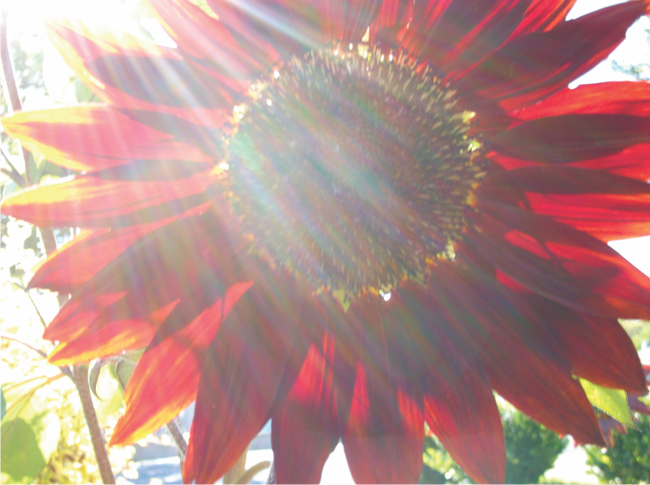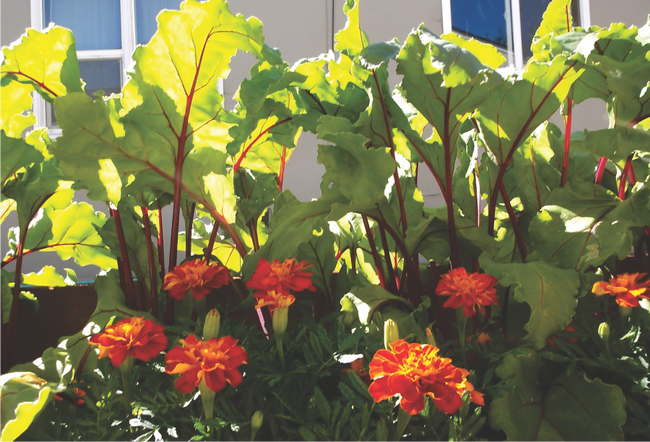By Julie Pramuk
In a recent UC Master Gardener workshop at our new Las Flores Learning garden we focused on dealing with the recent heat wave and its effects in our gardens. We outlined several topics to consider, with in- depth demonstrations and examples of:
- Healthy Soil components
- Water needs: too much or too little
- What does heat stress look like
- Right Plant, right place


Consider watering needs by locating plants needing more water closer to your house where you can monitor their water needs. Plants that can get by with less water could be placed further out on your property. Use separate valves for different watering needs. Water judiciously to avoid wasting water. Provide temporary shade for your plants with shade cloth, burlap, or some other covering for severe day or night temperatures. Using umbrellas or chairs is a quick and easy way to shade plants. Don't prune off dried or dead parts of your plants during a heat wave. Wait until summer ends and you feel safe to prune. The dried sunburned parts of plants act to shade the leaves underneath. Green parts of sunburned leaves will help the plant to photosynthesize and generate new leaves.
Plant in the fall or early winter when, hopefully, there is a promise of rain and plants can establish a good root system. Skip fertilizing in a heat wave. Plants can't spare the energy to take up fertilizer and the fertilizer may burn the roots. Remember to mulch, mulch, mulch your garden. Adding a 3-4 inch layer around your shrubs and trees will help keep the soil several degrees cooler and prevent your soil from drying out. Keep mulch 6 inches away from the trunks of trees. Finally, there are times when our gardens suffer for various reasons: an irrigation system breaks down or you are away for a time and you wonder if a plant or tree be revived. Give your tree or plants a chance to respond. After a freeze, for example, a tree or plant may need a season to recover. Be patient. Different plants have their own way of responding and healing just like humans.
Napa Master Gardeners are available to answer garden questions by email: mastergardeners@countyofnapa.org. or phone at 707-253-4143. Volunteers will get back to you after they research answers to your questions.
Visit our website: napamg.ucanr.edu to find answers to all of your horticultural questions.
Photo credits: Jane Callier
The UC Master Gardeners of Napa County have a series of documents of useful garden practices in their Healthy Garden Tips collection, including microclimate documents listed below.
Information Links:
Healthy Garden Tips
Right Plant, Right Place https://ucanr.edu/sites/ucmgnapa/files/153367.pdf
Cool Season Gardens for Napa County https://ucanr.edu/sites/ucmgnapa/files/153368.pdf
Creating Microclimates in the Garden https://ucanr.edu/sites/ucmgnapa/files/153509.pdf
Climate Zones Map of Napa County https://ucanr.edu/sites/ucmgnapa/files/254550.pdf
UC Sonoma County-Right plant right place
https://sonomamg.ucanr.edu/Sustainable_Home_Gardening/Right_Plant_Right_Place/
UC IPM-dealing with thermal injury or high temperatures
http://ipm.ucanr.edu/PMG/GARDEN/ENVIRON/thermal.html